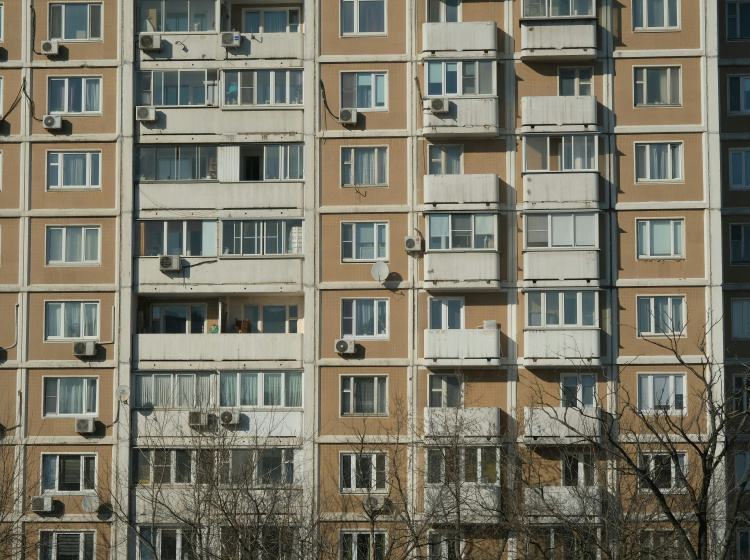Heat pump in a block of flats? No problem, experience shows
The claim "a heat pump in an apartment building? Nonsense." is frequently circulated in discussions among opponents of the technology, which not only here but also abroad, helps to heat and provide hot water in an increasing number of households. However, a heat pump is no longer an issue even in an apartment building.
In recent years, the heat pump has become one of the most popular solutions for efficient and eco-friendly heating of family homes. But what about such a device in an apartment building? At first glance, it may seem that installing a heat pump in an apartment building brings many complications, but more and more practical examples show that it is not only feasible but also worthwhile.
A heat pump works on the principle of transferring heat from one environment to another. It usually uses energy from the surrounding air, water, or ground, which is then converted into heat usable for heating or water heating using electricity. Thanks to this principle, a heat pump can be very efficient, even in colder climatic conditions.
In family homes, the heat pump is already a common choice. However, concerning apartment buildings, we encounter a number of specifics that need to be considered. These include the size and location of the unit, the method of heat distribution in the building, or connection to existing heating systems. Nevertheless, more and more people are convinced that even in this segment, a heat pump can be a meaningful and economically advantageous solution.
Installing a heat pump in an apartment building is a challenge but not impossible
Installing a heat pump in an apartment building brings several challenges. The first and most significant one is spatial limitations. While for family homes, it is possible to place the outdoor unit in the garden or yard, in an apartment building, the only option is often the roof or facade of the building. However, it is necessary to consider the noise the unit produces and its impact on the appearance of the building. If poorly placed, it can disturb the residents of not only the building itself but also neighboring buildings.
Another key factor is heat distribution. In most cases, apartment buildings use a central heating system designed for gas boilers or district heating. Installing a heat pump thus requires adapting the existing system, which can mean higher investment costs. However, modern technology allows for the combination of a heat pump with existing systems so that it is possible to use both heat sources efficiently.
Experiences from the Czech Republic and abroad show that if these challenges are managed, the advantages are significant. For example, in Prague, a heat pump installation was carried out in one of the apartment buildings to reduce heating costs. Despite the initial difficulties with coordinating solutions among apartment owners, it now has very good results. These showed that savings on heating costs can reach up to 40%, which, in combination with subsidies for renewable resources, makes this project economically very interesting.
Foreign experiences also confirm that the installation of heat pumps in apartment buildings is not a utopia. For example, in Helsinki, Finland, two giant heat pumps will be put into operation that can heat up to 30,000 households. This technology represents a new approach to using renewable energy sources in cities and shows that even in large residential complexes, eco-friendly heating can be a viable option. However, in the case of the Finnish project, the heat pumps are used for district heating, so it is not primarily about placing the units in the given building.
When deciding on the installation of a heat pump in an apartment building, the economic aspect plays a crucial role. The initial investment may be higher than traditional systems, but long-term savings on energy can offset this difference. For example, according to data from the Czech Republic, apartment owners can expect a return on investment in a heat pump within 7 years, depending on the specific conditions.
An important factor that contributes to economic efficiency is the possibility of drawing state subsidies and European funds to support the installation of renewable energy sources. These financial supports can reduce the initial installation costs and make a heat pump a more accessible solution even for housing associations and communities of apartment owners.
Given the rising energy prices and the pressure to reduce greenhouse gas emissions, it can be expected that interest in heat pumps in apartment buildings will continue to grow. The technology is constantly evolving and adapting to the specific needs of multi-story buildings, which increases their availability and attractiveness for a wider range of users.
So, the information that installing a heat pump in an apartment building is nonsense because each apartment would have to have its unit, and that is simply impractical, is long outdated. Yes, in the case of separate units for each apartment, it is likely an insurmountable problem, but thanks to current technologies, it is not a problem that needs to be solved at all.











